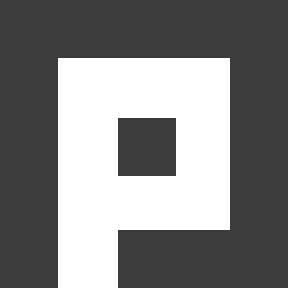




idee
PLATTENBAU.design ist ein holistisches Lehrkonzept basierend auf einem strukturellen Baukastensystem.
PLATTENBAU versteht sich zum einen als eine Hommage an das Raumkonzept des jungen Bauhauses, so wie es auch von der de Stijl Bewegung vertreten wurde, zum anderen als Universales Anschauungs-, Lern- und Unterrichtsmittel, das dem Begreifen und Kommunizieren komplexer Zusammenhänge dient.
PLATTENBAU, das sind 25 samtweich polierte, geometrische auf einander aufbauende Edelholzteile, die zusammengesetzt einen Kubus ergeben. Verpackt ist dieser vielschichtige Holzkubus in einer ausgeklügelten, außen steingrauen mit Blindprägung versehenen und innen pink leuchtenden Kartonage, die magnetisch schließt.
Im Kindesalter als Baukastensystem genutzt, fördert PLATTENBAU spielerisch die Sensomotorik, das ästhetische Empfinden sowie das räumliche und erfinderische Vorstellungsvermögen. Im Schulalltag eingesetzt, kann er durch die hohe Abstraktion der Elemente als Arbeits- und Anschauungsmodell dem Vermitteln von Inhalten dienen und den Transfer zwischen den Lehrgebieten anschaulich und greifbar unterstützen. Erwachsene nutzen ihn als Darstellungs- und Strukturierungshilfe von abstrakten Modellen oder einfach als sinnliche und mathematische Spielerei.
EN:
Through the plate to knowledge
PLATTENBAU is a red dot award-winning design object. It consists of 25 ashlars which, when put together in the three spatial axes, form the shape of a cube. The modular system PLATTENBAU is to be understood as hardware for a holistic pedagogical concept that can be used in all phases of education and in all disciplines. A communication tool that expands understanding by the dimension of space - as a universal language.
The pedagogical concept around the work- and visual tool PLATTENBAU is based on the constant reinterpretation and reassembly of abstract ashlars in a spatial structure and an imagination gained from aesthetic experience.
From early childhood onwards, and building on all further development phases, an aesthetic understanding of the laws and geometries underlying the phenomena is trained.
Where imagination is lacking, insight is also lacking.
As a teaching and learning tool, the aim is not only to represent one's own thought processes and to communicate about them with others, but also to create open intellectual space. Through the concrete location of the ashlars in the room, the facts are illustrated, but remain open for all recipients to develop their thoughts.
Depending on the topic, the participants in the "discussion" actively intervene in the "space of thought" and thus find a construct that reflects the commonsense in a processual and open-ended way.
In this way, the kit functions as a kind of thought vehicle that is loaded by the recipients with their own ideas and thus opens up a common thinking space.
So far, 36 learning modules have been mapped in a user-friendly way: e.g. algebra, fractions, urban planning and architecture, history, politics, resources, economic cycles, and many more. Further applications are in preparation.
With abstraction and interaction as well as the universal possibility of implementing very concrete problems and solution approaches, PLATTENBAU leads to spatial solutions that can be experienced again and again.
It all started when…
Donec ac fringilla turpis. Suspendisse nec congue purus. In sit amet felis malesuada, feugiat purus eget, varius mi. Aliquam bibendum, turpis eu mattis iaculis, ex lorem mollis sem, ut sollicitudin risus orci quis tellus. Mauris id fermentum nulla. Aliquam bibendum, turpis eu mattis iaculis, ex lorem mollis sem, ut sollicitudin risus orci quis tellus. Vivamus sit amet semper lacus, in mollis libero.




